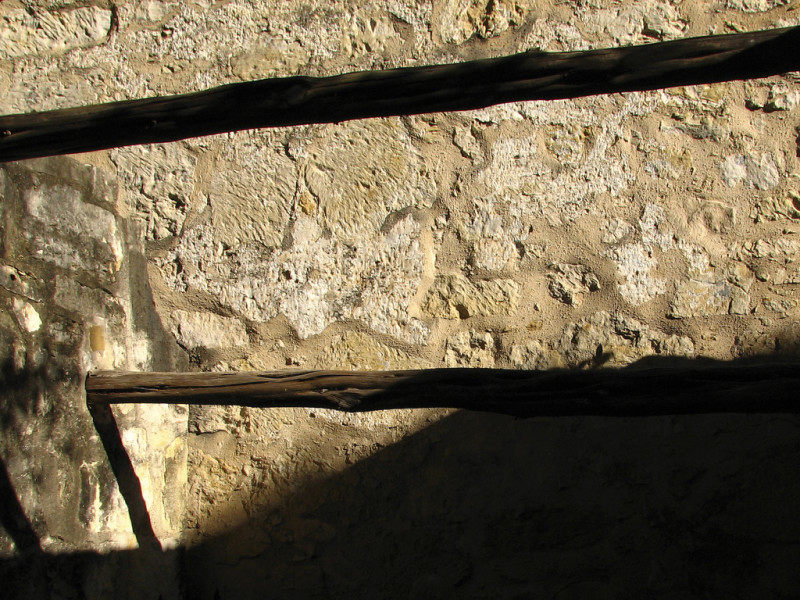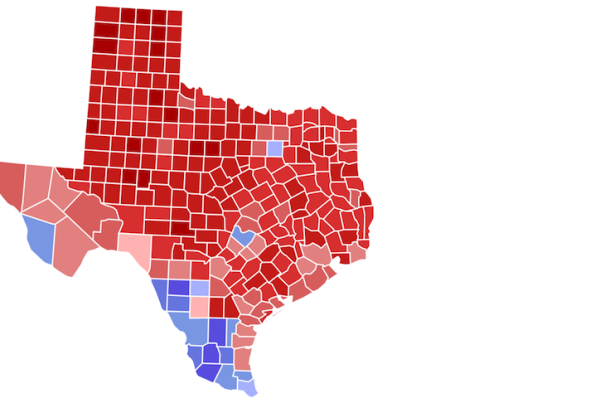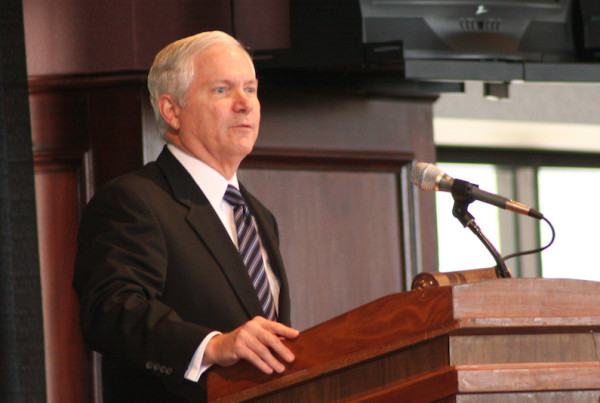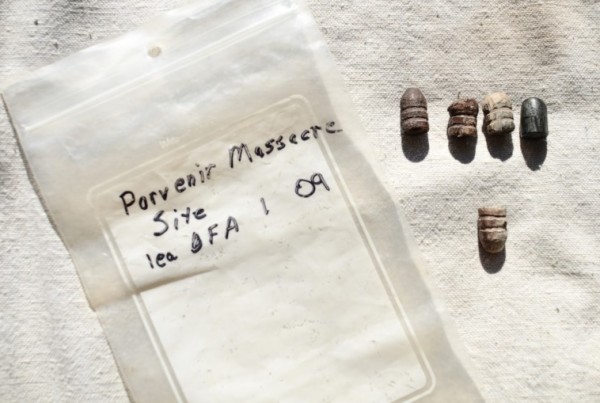Adobe Walls was a trading post begun by Dodge City, Kansas, merchants in March 1874. On the north bank of the Canadian River in present Hutchinson county, it served crews of Kansas buffalo hide hunters and skinners. The post consisted of two stores, a blacksmith’s shop, and a saloon. Both of the stores competed in the restaurant trade – lots of bones from butchered meat resulted.
Life for the traders and their customers changed dramatically on June 27, 1874. Before dawn, 200 Comanche and Cheyenne warriors descended on the post. At the end of the day, three whites lay victim to the attackers, while 13 Indians had fallen close to the stores. The battle had been a standoff.
The defenders buried their dead in a single grave. Later, the hardened frontiersmen cut off the heads of each of the fallen warriors to use them to decorate the gate leading into the hide yard. One of the hide men noted how the skin drew away from the eyes and mouths as it dried – and later declared they looked like they’d been laughing when their heads were cut off.
The warriors bones laid there, unrecognized for decades. But today they’re weathered away to white flecks, mixed with those from the buffalo that were butchered for meat.
When you look down at the white fragments on the brown earth, at adobe walls, look closely – can you tell? Do they come from humans of times past, or from buffalo?
T. Lindsay Baker is an author and professor of history at Tarlton State University. He joins the Standard as a production of KTRL – Tarleton Public Radio.















